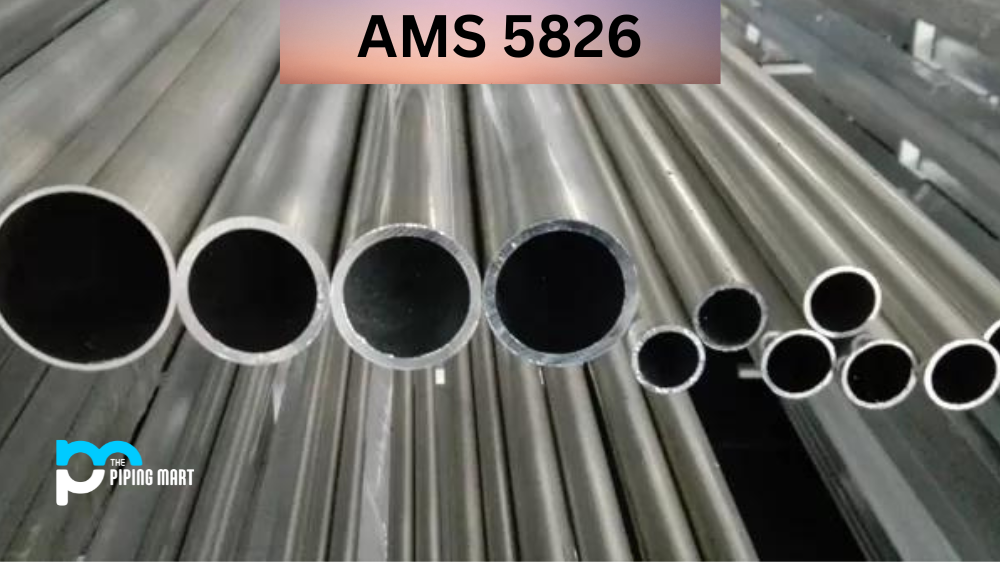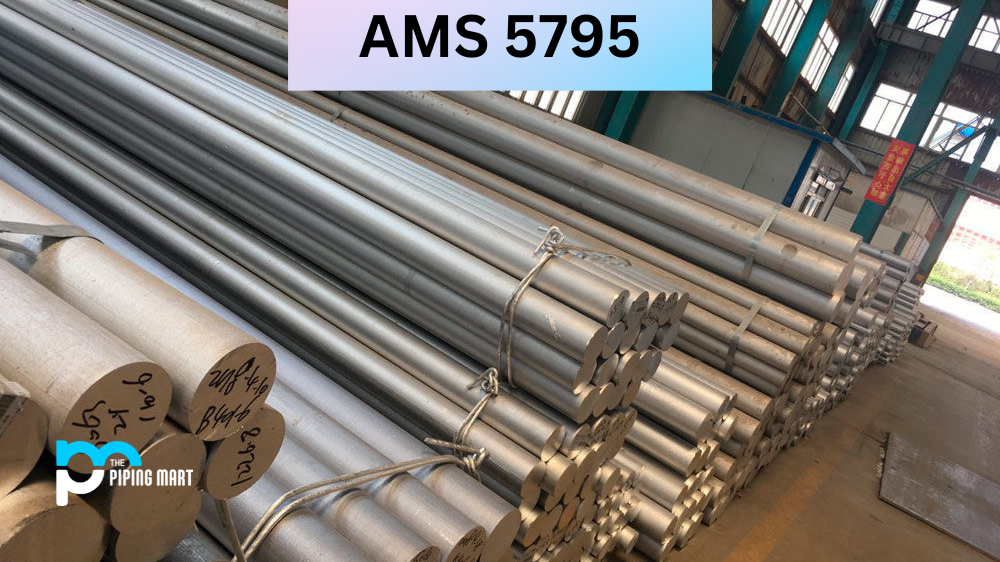AMS 5833 is a steel alloy widely used in the aerospace and defence industries. Its unique properties make it an ideal material for various applications, ranging from engine components to landing gear. This article will examine the composition, physical and mechanical properties, and uses of AMS5833.
What is AMS 5833?
AMS 5833 is a precipitation-hardening stainless steel alloy with high strength and corrosion resistance. It can be heat treated to achieve tensile strengths up to 180,000 psi while allowing good ductility and toughness. Its chemistry maintains resistance in temperatures up to 800°F and offers excellent machinability features for industrial applications.
AMS 5833 Composition
AMS 5833 is a type of precipitation-hardening steel that contains high amounts of nickel, chromium, and molybdenum. Its chemical composition is as follows: 12% nickel, 14% chromium, 2.5% molybdenum, 1.5% cobalt, 1.0% aluminium, and the remainder is iron. The presence of nickel and chromium provides corrosion resistance and durability. On the other hand, molybdenum and cobalt improve strength, while aluminium aids in precipitation hardening.
AMS 5833 Physical Properties
AMS 5833 has a density of 7.8 g/cm3 and a melting point of 1399°C. It also has a thermal conductivity of 4.4 W/mK, so it can efficiently transfer heat. Its coefficient of thermal expansion is 11.5 µm/m°C, which implies that it can withstand thermal shocks without undergoing significant deformation. Electrochemical measurements show that AMS 5833 alloy has a reasonably high acid and chloride corrosion resistance.
AMS 5833 Mechanical Properties
The mechanical properties of AMS 5833 are outstanding. Its yield strength is 1350 MPa, while its ultimate tensile strength is 1600 MPa. It can withstand extreme loads and pressures without deforming or breaking. Additionally, AMS 5833’s flexibility is impressive, with an elongation capability of 12%. This property makes it ideal for high-performance applications where the alloy must exemplify high strength and toughness.
AMS 5833 Uses
AMS 5833 is utilized in various fields due to its unique physical and mechanical characteristics. One of its most common uses is in constructing aircraft landing gear. The precipitation-hardened steel’s strength and corrosion resistance make it ideal for withstanding the stresses of high-impact landings. Due to its wear resistance and strength capabilities is also applied in producing high-performance engine components, such as gears, shafts, and bearings.
AMS 5833 Hardness
AMS 5833 is precipitation-hardening steel, meaning its hardness increases through heat treatment. The typical hardness values of AMS 5833 alloys are 37 HRC (Rockwell C scale) in the solution-annealed condition. After ageing, hardness values will typically reach 46-50 HRC. This means that AMS 5833 is an incredibly hard material and can resist wear and tear for longer periods.
AMS 5833 Heat treatment
Heat treatment AMS 5833 is a process used to treat high-strength alloy steels and stainless steels. This process entails heating the material to temperatures of 900℃ – 1050℃, holding it at that temperature, and then cooling it in still air or water. The result is improved strength and corrosion resistance while maintaining ductility and weldability.
Conclusion
AMS 5833 is a unique precipitation-hardening steel composed primarily of nickel, chromium, molybdenum, cobalt, and aluminium. It has excellent physical and mechanical properties, which makes it ideal for high-performance applications in various industries. Its remarkable hardness, strength, and wear-resistant properties make it a reliable alloy for landing gears and engine components like gears, shafts, and bearings. With these desirable characteristics, AMS 5833 is here to stay as one of the best-performing alloys in the aerospace and defence industries.

A passionate metal industry expert and blogger. With over 5 years of experience in the field, Palak brings a wealth of knowledge and insight to her writing. Whether discussing the latest trends in the metal industry or sharing tips, she is dedicated to helping others succeed in the metal industry.




